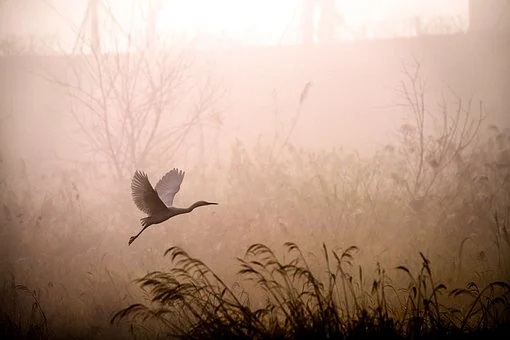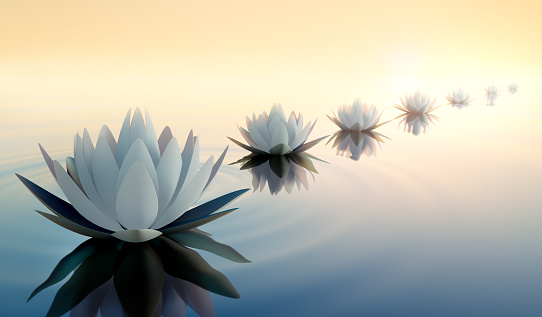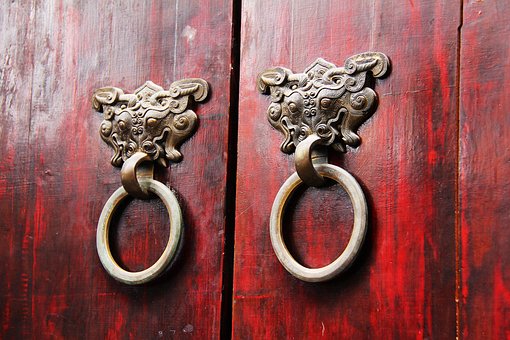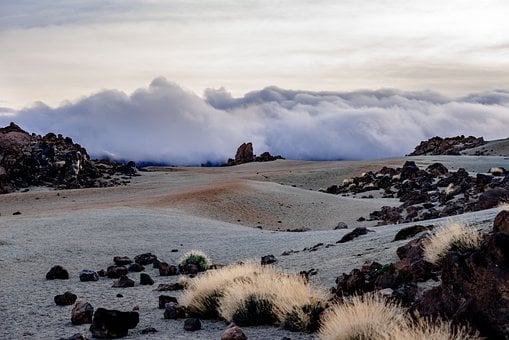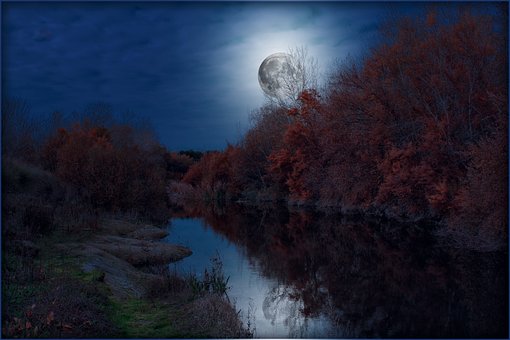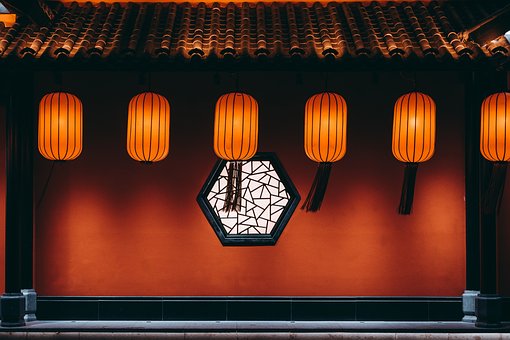What does “preliminary practice” of Tibetan Buddhism mean? It means preparatory practice. Despite the fact that ultimately we need to attain the wisdom of emptiness, without laying a solid foundation of cultivating renunciation and bodhicitta, we are not able to realise emptiness.
~Depicted from LUMINOUS WISDOM BOOK SERIES




